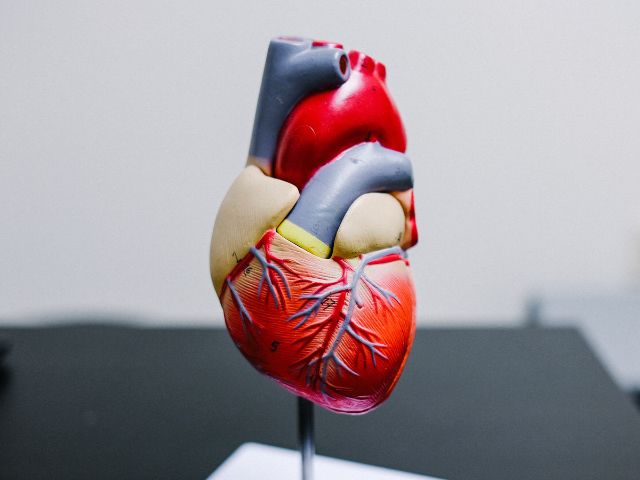
-
One Of Christiaan Barnard’s First Ever Patients Celebrates ‘Meticulous’ Surgery Six Decades Later
19 Sep 2023 by Maya-Rose Torrao in South Africa, Tech/Sci
[imagesource:unsplash]
Over six decades ago, as a young boy of six, Joseph Jordaan traveled from East London to Cape Town for life-saving heart surgery performed by the world-renowned heart surgeon, the late and great Professor Christiaan Barnard, at Groote Schuur Hospital.
Barnard fixed a congenital heart defect in Jordaan’s heart through open surgery in the early 1960’s. Impressively, this life-saving surgery was performed years before Barnard would make history by conducting the world’s first human-to-human heart transplant in 1967.
Now, at the age of 68, Jordaan has just celebrated another successful heart surgery.
This time, the procedure aimed to replace a defective heart valve, and it was performed by cardiac experts at the Netcare Chris Barnard Memorial Hospital, named in recognition of the legendary surgeon. The surgery marked an inspiring full circle for Jordaan and was emotional moment for the contemporary surgeons who strive to honour Barnard’s groundbreaking work.
Dr Willie Koen, a cardiac and transplant surgeon, expressed how significance this moment was.
“It was a profoundly moving moment as my colleagues and I stood in the operating theatre at Netcare Christiaan Barnard Memorial Hospital to perform Joe’s second heart procedure. There was almost no evidence of the surgery performed by Professor Barnard 61 years ago to repair the hole in Joe’s heart. The work was meticulous, and to this day, it continues to serve Joe well.”
Jordaan’s first heart procedure performed by Barnard made an undeniable impact on his future. He was able to marry, raise children and enjoy a fulfilling life. Reflecting on his recent heart scare, he expressed, “I got such a big fright, but fortunately I got lucky a second time.”
Comparing the two surgeries, it’s evident how much medical advancements have occurred over the years. In the 1960’s, the procedure took hours and involved a lengthy recovery period, while Jordaan’s recent heart valve replacement took only about four hours. Dr Koen credited this to the evolution of heart surgery techniques and equipment, much of which we owe to Barnard’s leadership in the field.
“Surgical techniques and equipment have evolved significantly since 1962. Nowadays, open-heart surgery, which is almost a routine procedure, usually requires a hospital stay of four to five days. Once you’re discharged from the hospital, it can take six to eight weeks for your breastbone and chest muscles to heal as you gradually return to your normal daily routine.”
In the 1960s, procedures like the ventricular septal defect repair that Jordaan recently underwent were complex and often required open-heart surgery with large incisions and the use of a heart-lung machine. Today, many heart surgeries can be performed using minimally invasive approaches, reducing recovery times and complications.
Decades after Barnard’s death, his expertise lives on in the hearts (literally) of South Africa.
[source:timeslive]
Latest News
-
Game, Seth, Match – Goodbye 2024
Hey Guys - thought I’d just give a quick reach-around and say a big thank you to our rea...
-
Breakfast Of Champions: Hollywoodbets Kenilworth Racecourse Breakfast Gallops Is Back!
[imagesource:CapeRacing] For a unique breakfast experience combining the thrill of hors...
-
Need NYE Plans? Cafe Caprice’s Night Of Enchantment Masquerade Party Could Do The Trick
[imagesource:howler] If you're still stumped about what to do to ring in the new year -...
-
Buckingham Palace Steps In After Staff Christmas Party Spirals Out Of Control
[imagesource:maxandeli/facebook] It's not just in corporate that staff parties get a li...
-
Designer Babies Are Running Into Trouble As Teens, Grappling With Being ‘Experiments’
[imagesource:here] Imagine being born with the weight of your parents’ version of per...
-






























